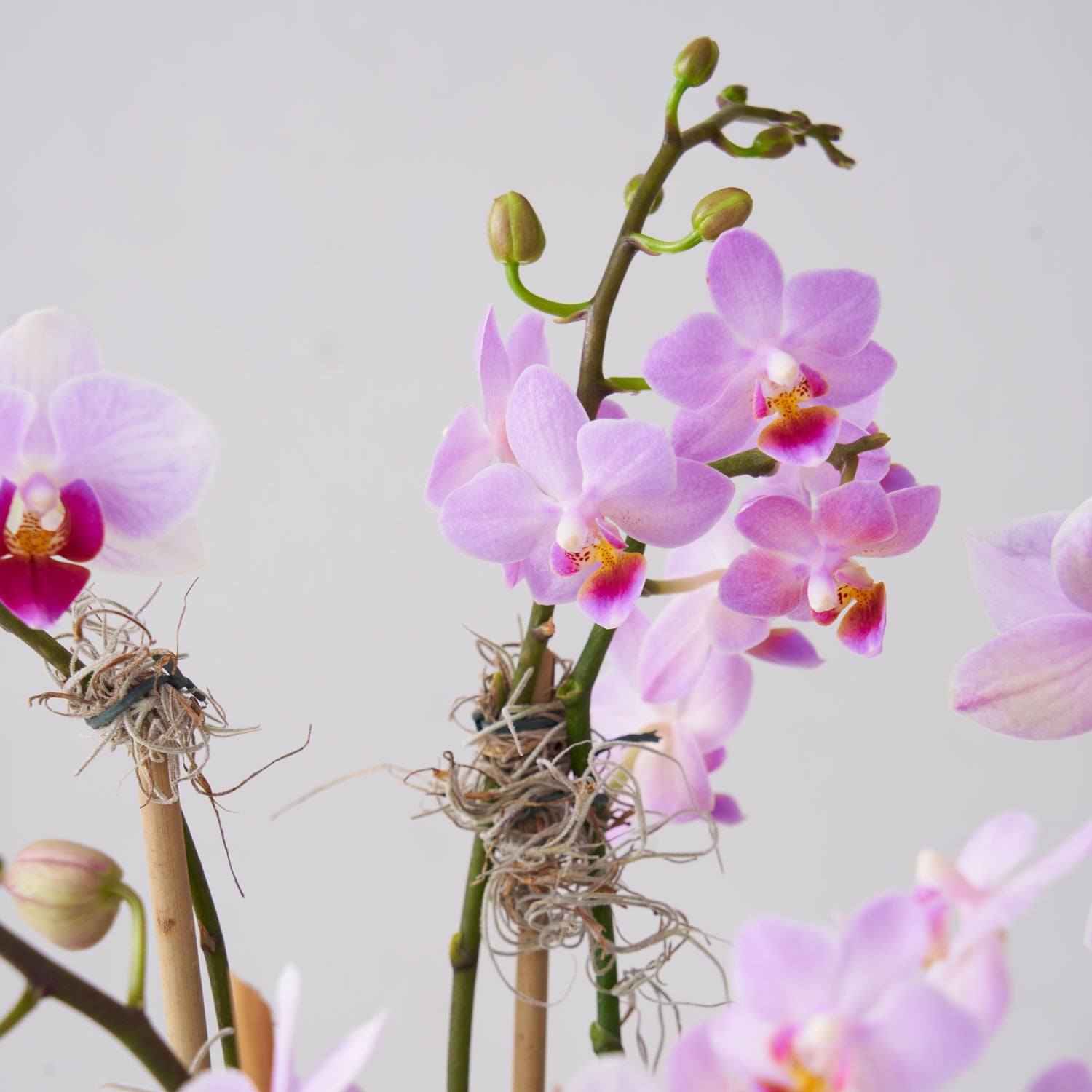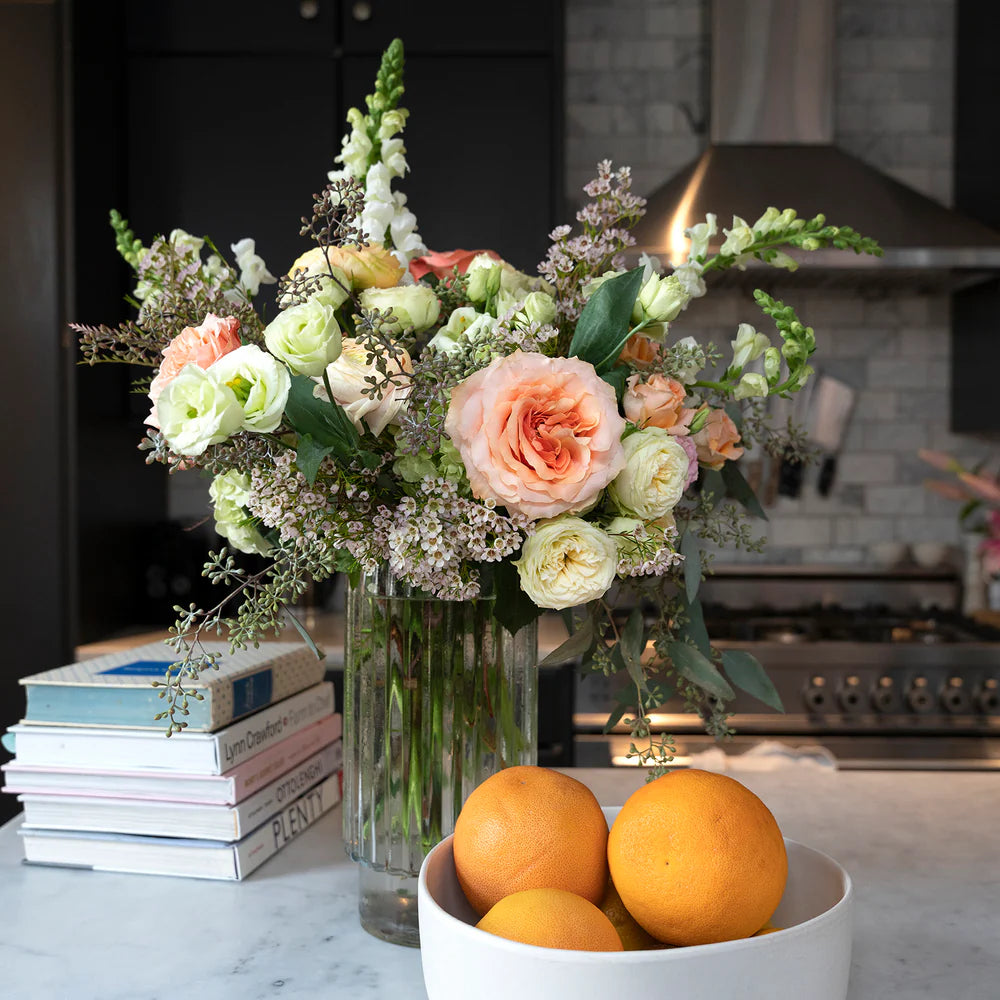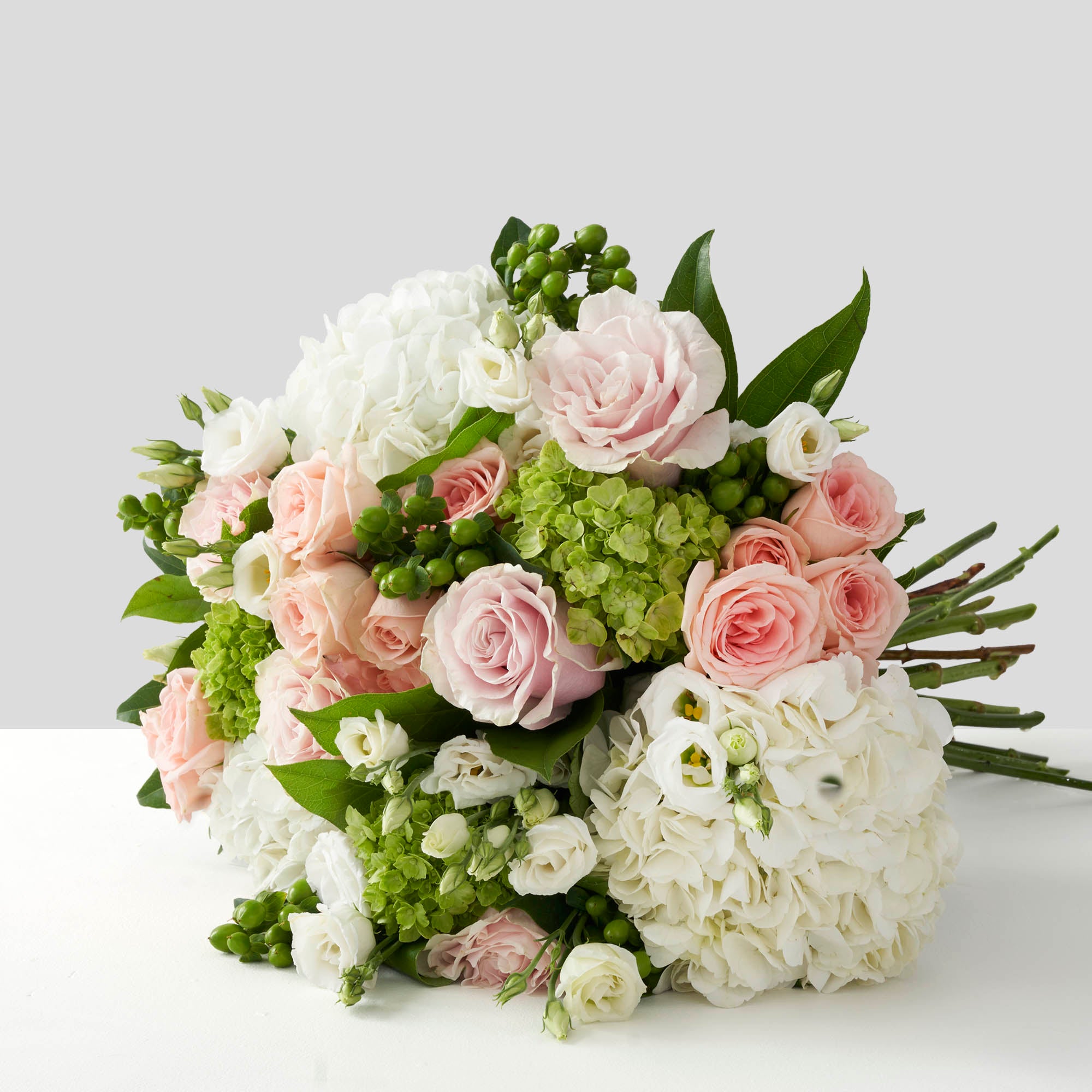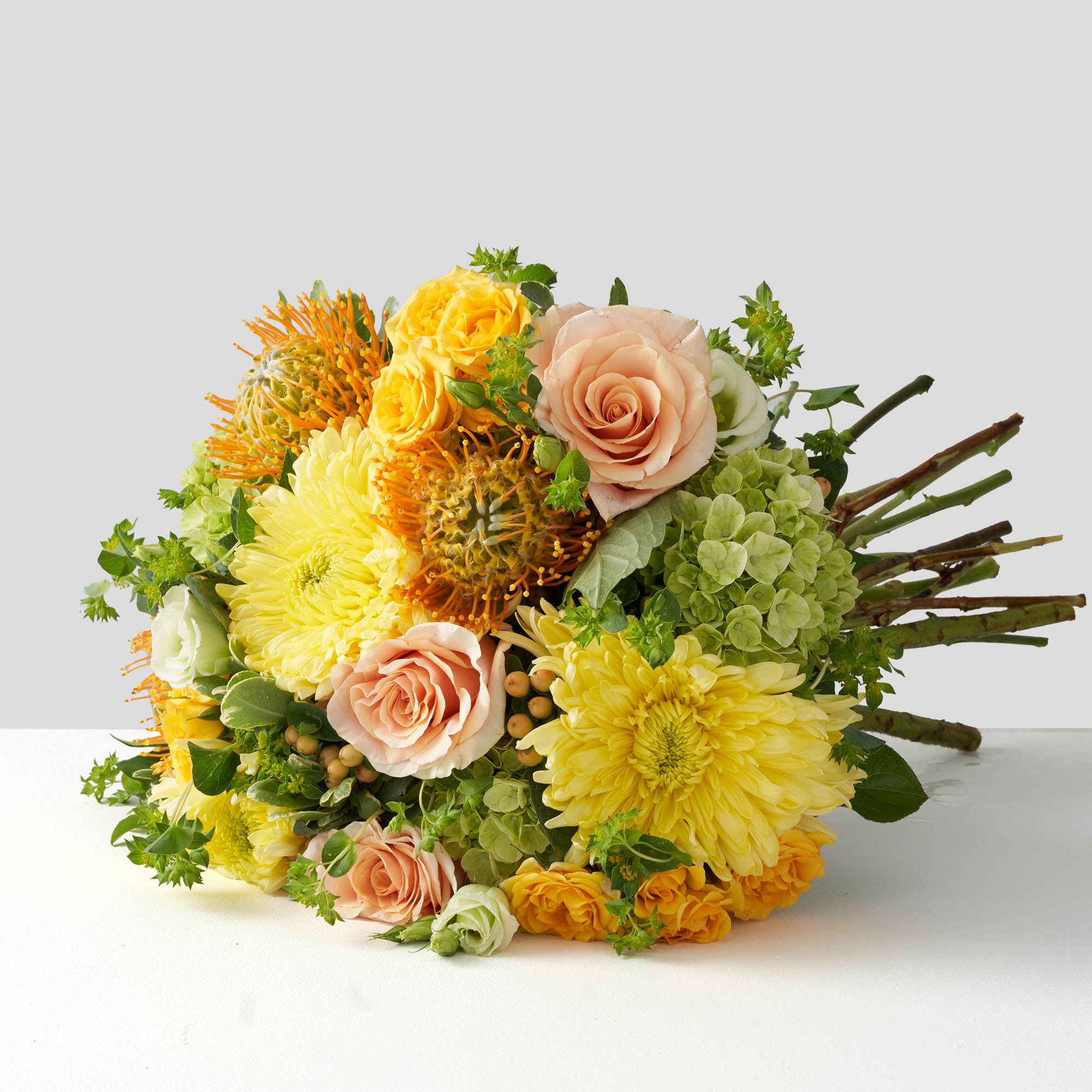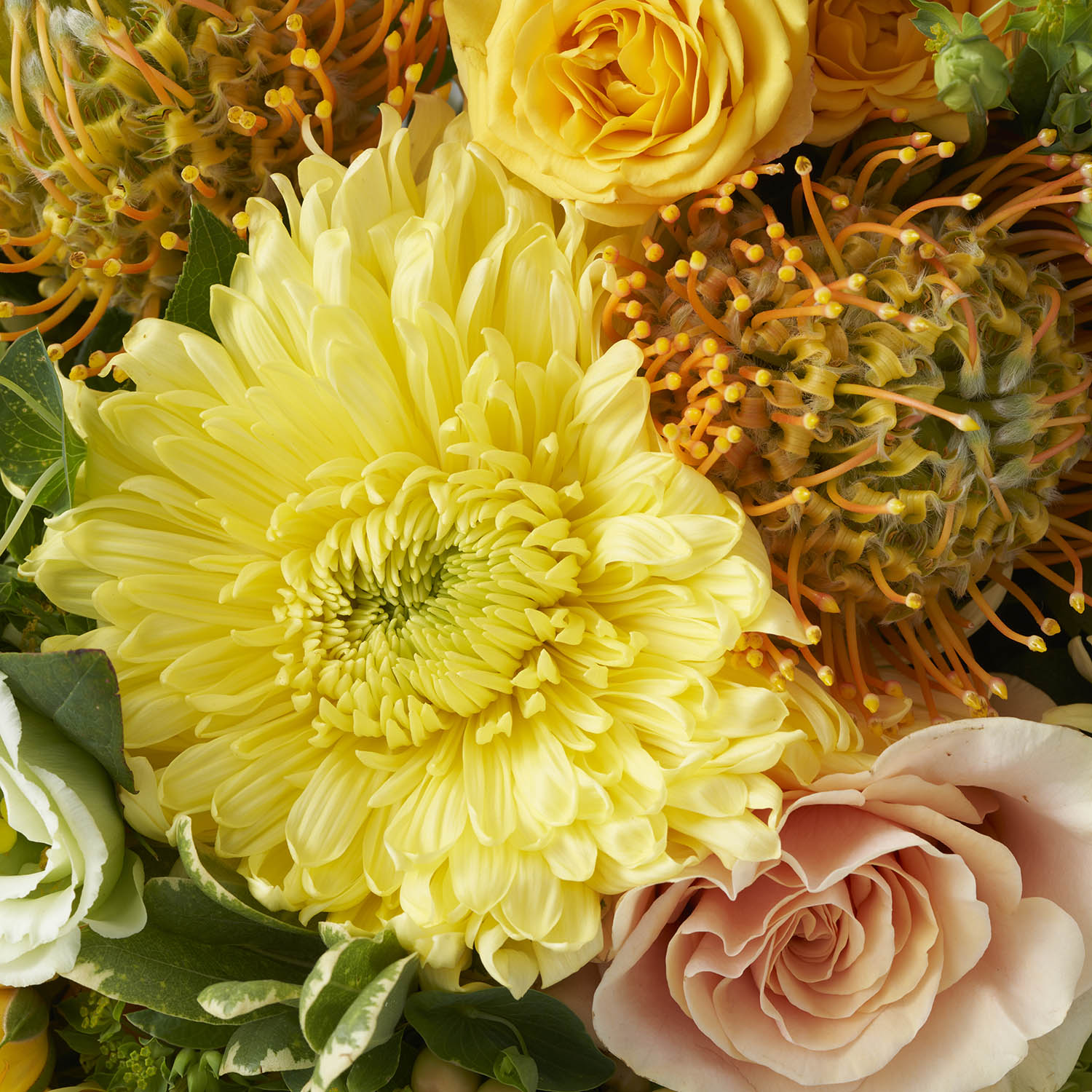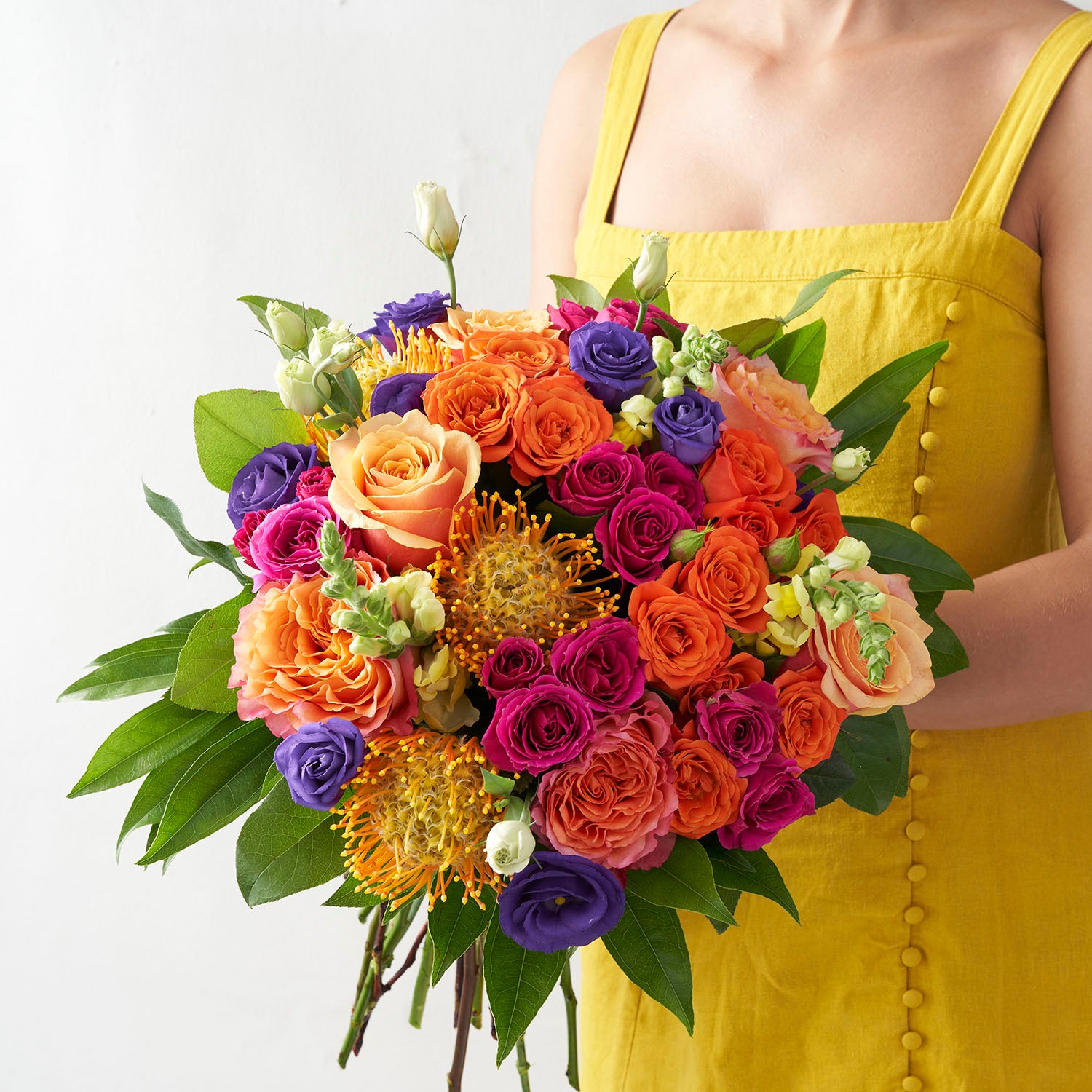Your wedding bouquet holds precious memories from your special day, and learning how to preserve wedding bouquet flowers lets you keep those moments forever.
This guide is perfect for newly married couples who want to transform their bridal flowers into lasting keepsakes.
We'll walk you through choosing the best preservation methods for your specific flowers and timeline. You'll discover step-by-step instructions for air drying your bouquet and creating stunning pressed flower keepsakes that capture your wedding's beauty.
Choose the Right Preservation Method for Your Needs
Air Drying for Budget-Conscious Brides
Air drying stands out as the most wallet-friendly approach to preserving wedding bouquet memories. This time-tested method requires nothing more than string, hooks, and patience - making it perfect for couples watching their post-wedding budget. The process transforms your fresh bridal flowers into rustic, vintage-style keepsakes that carry their own charm.
Start by removing excess foliage and bundling small groups of stems together with rubber bands. Hang these bundles upside down in a dark, well-ventilated space like an attic, closet, or spare room. The key lies in avoiding direct sunlight and moisture, which can cause fading and mold. Most flowers complete the drying process within 2-4 weeks, depending on thickness and moisture content.
While air-dried bouquets won't maintain their original vibrant colours, they develop beautiful muted tones that work perfectly in farmhouse or bohemian décor styles. Roses, baby's breath, and lavender respond particularly well to this preservation technique.
Pressing Flowers for Flat Keepsake Displays
Pressed flower preservation creates stunning flat displays perfect for framing, scrapbooking, or crafting personalized wedding memorabilia. This method works exceptionally well for creating multiple keepsakes to share with family members or wedding party participants.
Traditional flower pressing involves placing individual blooms between absorbent paper and applying consistent pressure for several weeks. You can use a heavy book, phone directory, or invest in a proper flower press for better results. Parchment paper or blotting paper works better than regular paper, as it prevents flowers from sticking.
Modern brides often prefer using an iron for quicker results. Place flowers between two sheets of parchment paper and apply gentle heat for 10-15 seconds. This technique works wonderfully for delicate petals like pansies, violets, and thin roses.
Pressed flowers maintain more of their natural colors compared to air drying, especially when processed quickly after the wedding. The flat format makes them ideal for creating wedding albums, thank-you cards, or shadow box displays that capture individual bloom details.
Freeze Drying for Lifelike Preservation
Professional freeze drying delivers the most realistic results for wedding bouquet preservation, maintaining original colours, shapes, and textures with remarkable accuracy. This method involves rapidly freezing flowers at extremely low temperatures, then using vacuum pressure to remove moisture while keeping the cellular structure intact.
The process typically takes 2-4 weeks and requires professional equipment, making it the most expensive preservation option. However, the investment pays off through superior quality results that can last decades with proper care. Freeze-dried flowers retain up to 95% of their original appearance, making them virtually indistinguishable from fresh blooms.
This technique works exceptionally well for elaborate bouquets with mixed flower types, including delicate varieties that don't respond well to other methods. Orchids, peonies, and garden roses maintain their luxurious appearance beautifully through freeze-drying.
Many professional preservation services offer additional treatments like UV protection sprays to prevent future fading. While costs range from $150-$400, the lifelike results make freeze drying worth considering for brides prioritizing authenticity over budget.
Silica Gel Method for Quick Results
Silica gel offers the perfect middle ground between DIY affordability and professional-quality results. This crystalline substance rapidly absorbs moisture from flowers while preserving their three-dimensional structure better than air drying. Most craft stores carry silica gel specifically designed for flower preservation.
The process involves burying flowers completely in silica gel within an airtight container. Different flower types require varying burial times - delicate blooms like daisies need just 2-3 days, while thicker flowers like roses may need up to a week. The gel changes colour as it absorbs moisture, providing a visual indicator of progress.
Unlike air drying, silica gel preservation maintains more vibrant colours and natural flower shapes. The controlled environment prevents the wrinkling and distortion common with hanging methods. You can reuse the silica gel multiple times by heating it in a low oven to remove absorbed moisture.
This method works particularly well for preserving individual special blooms from your bouquet while using other techniques for the remaining flowers. The quick turnaround time appeals to eager brides who want to see results within their first week of marriage.
Prepare Your Bouquet Immediately After the Wedding

Remove Bouquet from Water Within 24 Hours
Time is your biggest enemy when you want to preserve wedding bouquet memories. The moment your reception ends, your beautiful bridal flowers start their natural decay process. Water keeps flowers temporarily fresh, but it also speeds up deterioration once you're ready to start the preservation process. Take your bouquet out of any water source no later than 24 hours after your wedding day.
Many brides make the mistake of leaving their flowers in water for several days while they recover from wedding festivities. This delay can cause petals to become oversaturated and more likely to fall off during handling.
If you notice any signs of bacterial growth in the water (cloudiness or unpleasant odours), remove your bouquet immediately. Bacteria can quickly spread through stems and damage flower heads, making successful preservation nearly impossible.
Trim Stems to Optimal Length for Chosen Method
Different wedding bouquet preservation methods require specific stem lengths for the best results. Your trimming approach directly impacts how well your flowers will preserve and how they'll look in their final display.
For air drying techniques, cut stems to about 6-8 inches long. This length provides enough stem for hanging while removing excess moisture-heavy portions that could slow the drying process. Longer stems hold more water and take significantly longer to dry completely.
When creating pressed flower keepsakes, trim stems very short - about 1-2 inches maximum. Thick stems don't press well and can create uneven pressure that damages delicate petals. Some flowers work better with no stem at all for pressing.
If you plan to use silica gel or other drying agents, keep stems around 4-5 inches. This gives you enough length for handling while ensuring the drying medium can work effectively around the entire flower structure.
Remove Wilted or Damaged Flowers and Leaves
Damaged flowers and leaves can compromise your entire preservation project. Brown spots, torn petals, and wilted blooms won't improve during the preservation process - they'll become more noticeable and potentially spread problems to healthy flowers.
Inspect each flower in your bouquet carefully. Look for petals with brown edges, stems with soft spots, or leaves showing yellowing or black patches. These elements should be removed completely rather than preserved alongside perfect specimens.
Don't try to save partially damaged flowers unless the damage is very minimal. A flower with one slightly brown petal might work, but anything with significant wilting or discolouration will detract from your final preserved arrangement.
Remove any ribbon, wire, or floral foam from your bouquet stems. These materials can trap moisture and interfere with proper drying. Save decorative elements separately if you want to incorporate them into your final display later.


Preserving the Memory
Your wedding bouquet holds memories from one of the most special days of your life, and with the right preservation techniques, you can keep those memories alive for years to come.
Whether you choose air drying for a rustic look, pressing flowers for elegant keepsakes, or another method that fits your style, the key is acting quickly after your ceremony and selecting the approach that matches your vision.
Taking care of your bouquet right away makes all the difference in how well it preserves.
Once you've successfully preserved your flowers, protecting them from dust, sunlight, and moisture will help maintain their beauty. Get creative with how you display them - from shadow boxes to framed art pieces, your preserved bouquet can become a stunning piece of home décor that tells your love story.
Start planning your preservation method now, so you'll be ready to capture those precious blooms the moment your wedding day ends.

